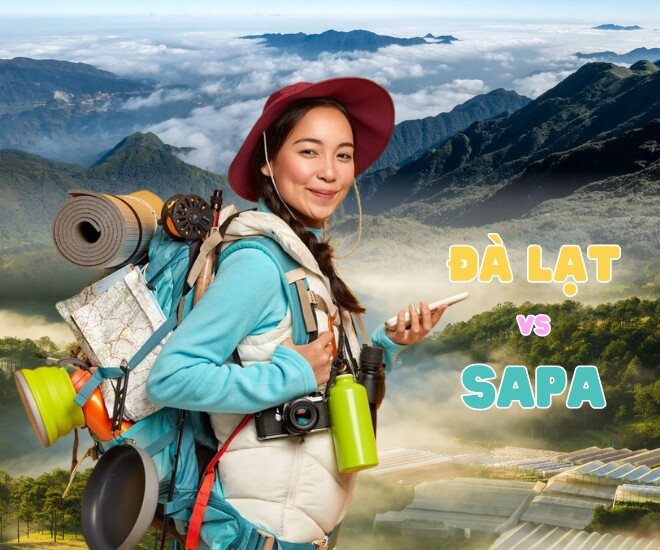
Mountain Climbing in Da Lat vs Sapa: Which Destination is Right for You?
Mountain climbing is not just a physical activity, but also a journey of exploration, a chance to immerse yourself in nature, and a way to conquer new heights. If you’re seeking an ideal destination that offers both a challenge and a relaxing escape amidst breathtaking scenery, then Da Lat and Sapa are undoubtedly your top choices.
However, each location boasts unique characteristics, catering to different climbing styles and experiences. So, which one should you choose? Let’s delve into a detailed analysis based on various criteria to determine the perfect fit for your mountain climbing adventure!
1. Optimal Climbing Climate and Weather
Both Da Lat and Sapa enjoy cool climates all year round, but they differ significantly in terms of temperature and the ideal climbing season.
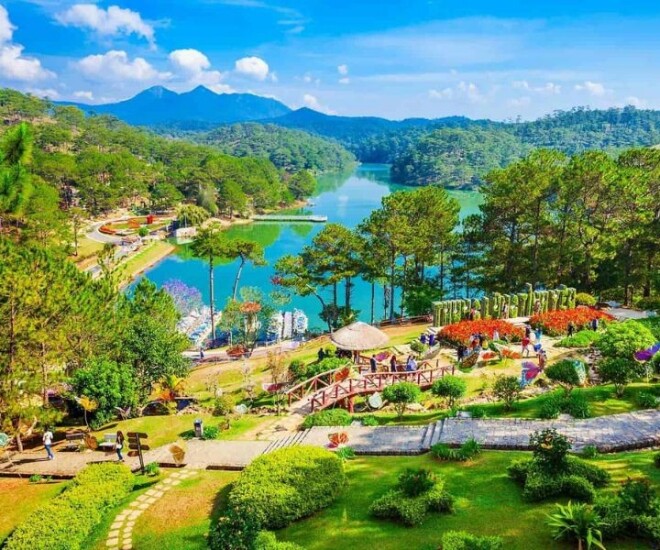
Da Lat, nestled in the highlands of Lam Dong province, boasts a pleasant temperate climate with temperatures ranging from 14-25°C throughout the year.
The dry season, from November to April, presents the perfect opportunity for mountain climbing. During this period, the weather is dry, the skies are clear, and rainfall is minimal, making it ideal for trekking excursions. In contrast, the wet season, from May to October, brings slippery trails and limited visibility, making climbing more challenging and less safe.
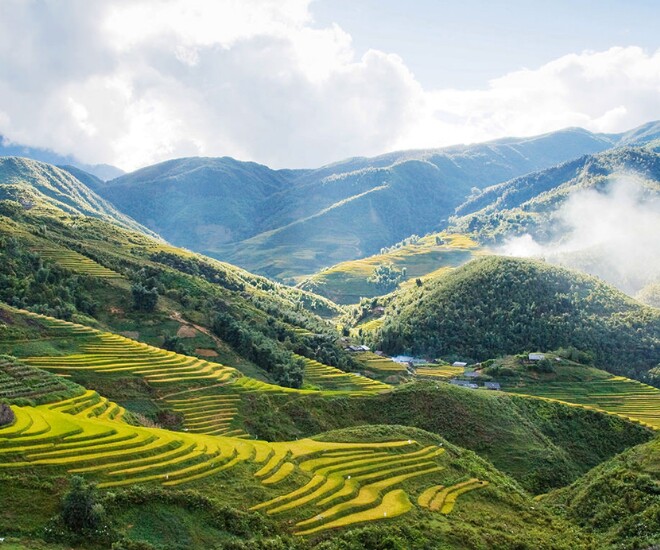
Sapa, located in the mountainous region of Northwest Vietnam, experiences colder temperatures. During winter (December to February), the temperature can dip below 0°C, and you might even witness frost or snowfall.
The best months for climbing in Sapa are September to November, when the skies are clear and the rice terraces are golden with ripe rice, or March to May, when the mountains are ablaze with the vibrant pinks and reds of blooming rhododendrons. If you prefer moderate and comfortable weather, Da Lat is the safer choice. However, if you’re seeking a more challenging climate and a tougher climbing experience, Sapa is a destination worth considering.
2. Terrain and Climbing Difficulty
The terrain and climbing difficulty play a crucial role in your decision, depending on your trekking experience.
Da Lat’s terrain primarily consists of low hills, pine forests, and gentle trails, making it suitable for beginners. Some notable trekking spots include:
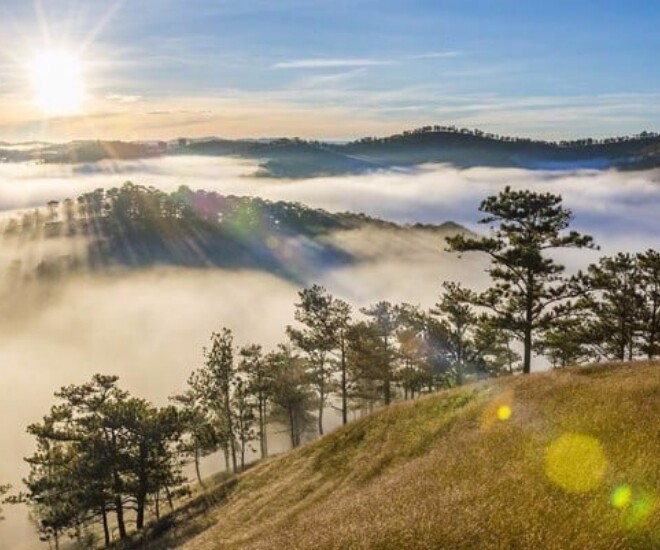
– LangBiang (2,167 m): An easy trail that takes about 2-4 hours to hike.
– Bidoup (2,287 m): A more challenging route that requires a 2-day, 1-night trip.
– Hon Bo and Nui Voi: Gentle trekking options suitable for groups looking for a relaxing outdoor experience.
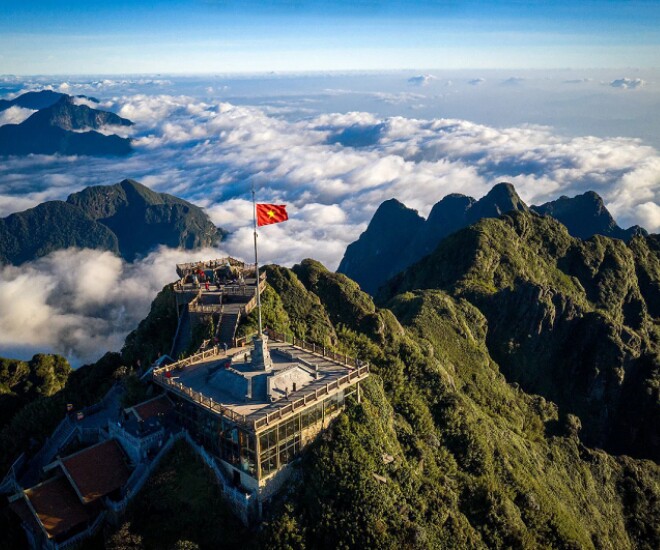
In contrast, Sapa offers a more rugged terrain with steep slopes and dense forest sections, better suited for experienced trekkers. Notable trails include:
– Fansipan (3,143 m): Vietnam’s highest mountain, which can be climbed in 6-8 hours or accessed via cable car.
– Ta Lien Son (2,996 m): A 2-day, 1-night trek featuring ancient forests and breathtaking sea-of-cloud views.
If you’re a novice climber, Da Lat’s gentler and safer trails are ideal. However, if you crave a challenge and wish to test your limits with higher altitudes and more demanding terrain, Sapa is the ideal choice.
3. Natural Scenery
The natural scenery that unfolds at the summit is a rewarding sight after a strenuous trek.
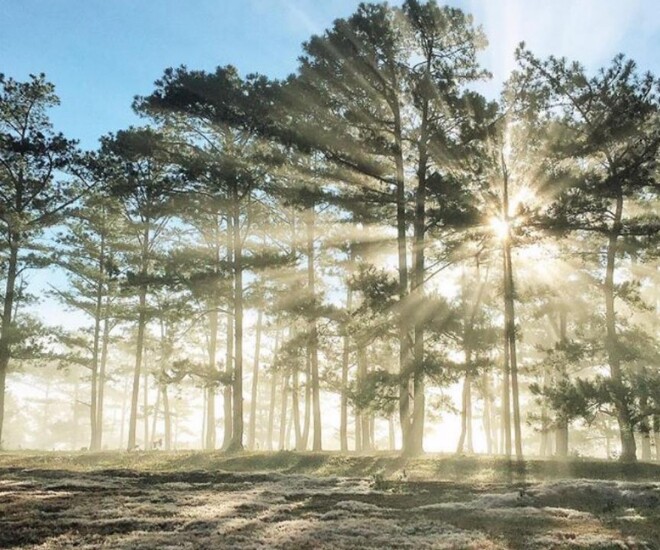
In Da Lat, as you reach the summit, you’ll be greeted by vast pine forests, lush valleys, crystal-clear lakes, and misty clouds in the early morning. From the peaks of LangBiang and Bidoup, you can also take in panoramic views of the dreamy city of Da Lat.
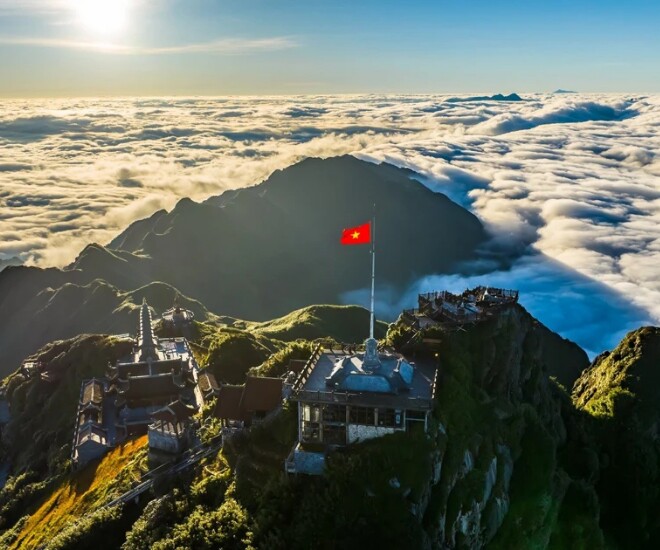
Sapa, on the other hand, presents a more majestic and pristine landscape with thick cloud cover, sprawling rice terraces, and lush green forests.
If you’re trekking during winter, you might even witness the rare sight of snowfall on Fansipan’s peak—a unique experience in Vietnam. Opt for Da Lat if you prefer a romantic and gentle landscape, or choose Sapa if you’re captivated by raw, awe-inspiring natural beauty.
4. Necessary Equipment
Having the right equipment ensures a safe and comfortable climbing experience.
Due to its mild weather, Da Lat requires minimal gear. Light clothing, a thin jacket, basic mountain shoes, a small backpack, and water will suffice. A trekking pole may be useful, but it’s not essential for this relatively easy trail.
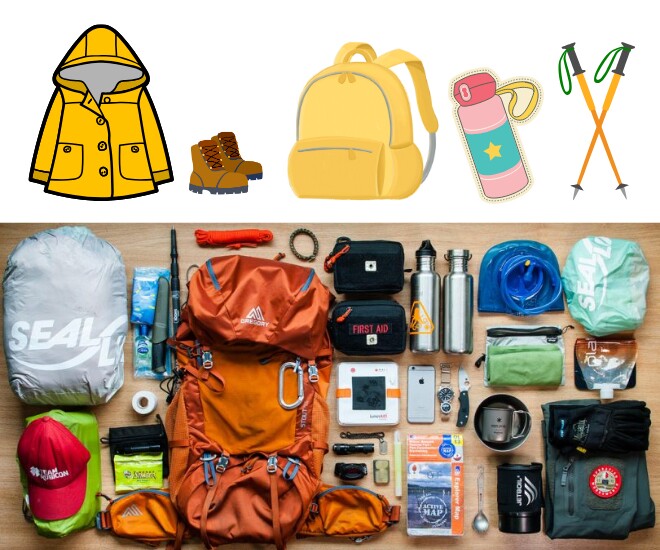
Sapa’s harsher climate, especially in winter, calls for more comprehensive preparation. Pack a thick jacket, gloves, specialized mountain shoes, a trekking pole, and essential items like a sleeping bag (if camping), a flashlight, and high-energy snacks to sustain you during the trek.
5. Expenses (Based on Personal Preferences)
The basic expenses for a 2-day, 1-night trekking trip:
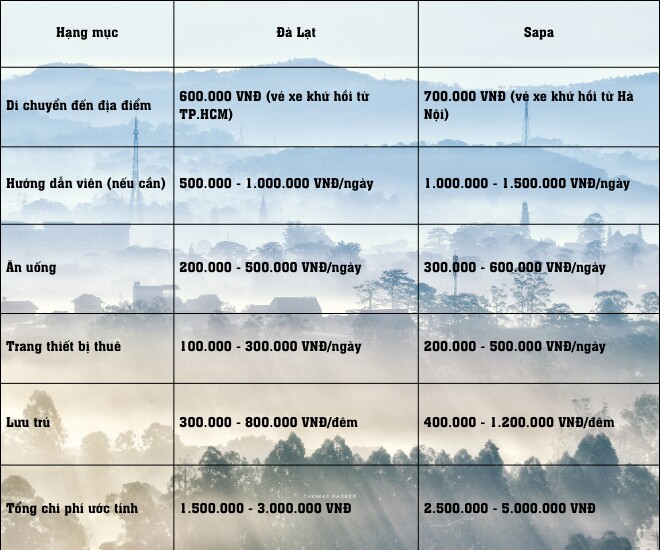
Your choice of destination depends on your preferences, climbing abilities, and budget. If you seek a gentle climb, easy preparation, and cost-effectiveness, Da Lat is the ideal choice, offering a year-round moderate climate and less challenging trails.
On the other hand, if you crave adventure and wish to conquer impressive heights while experiencing the region’s distinctive cold climate, Sapa promises a memorable journey with its rugged trails and awe-inspiring scenery.
Whether you choose Da Lat or Sapa, the most important thing is to prepare adequately and savor every moment of your nature-conquering journey.






























